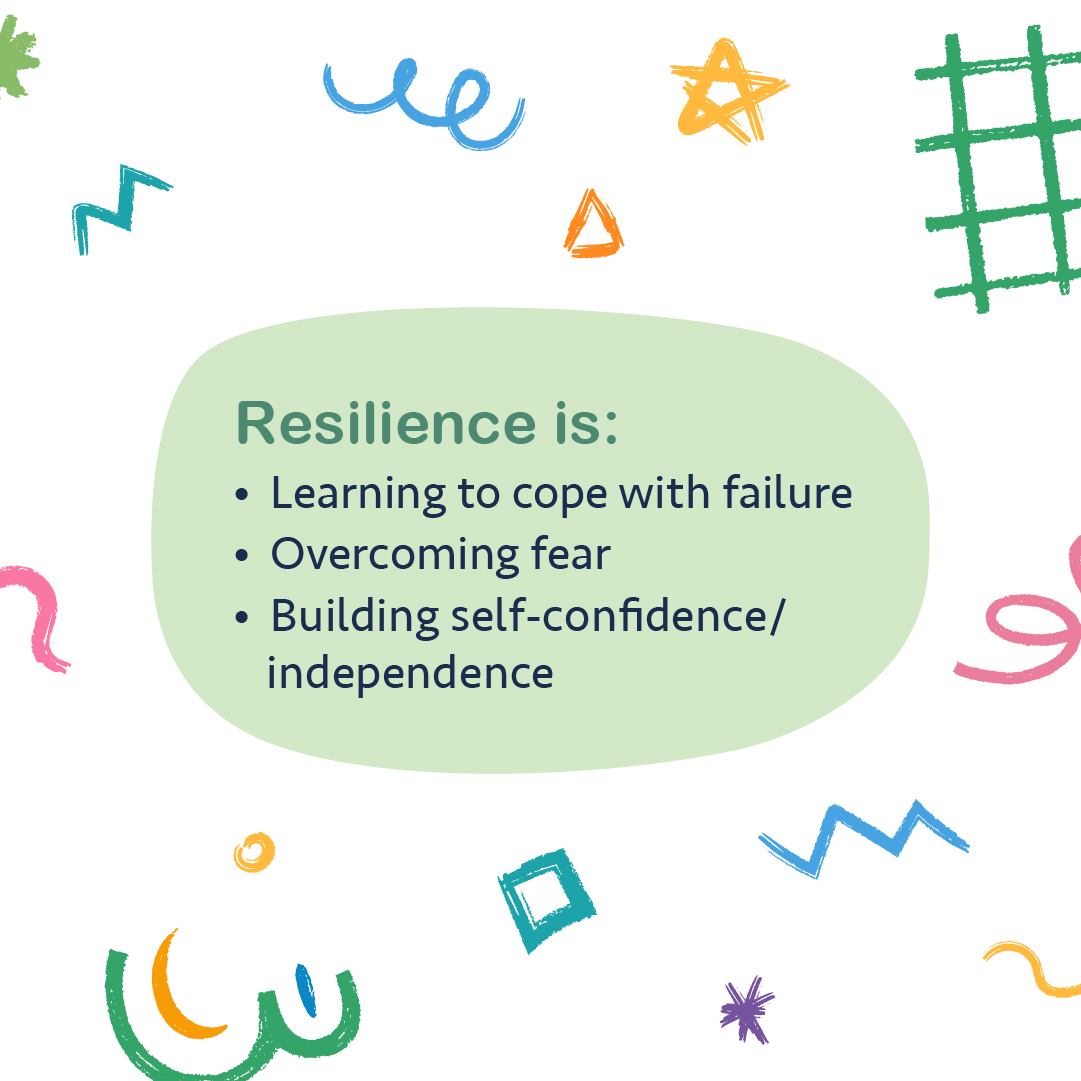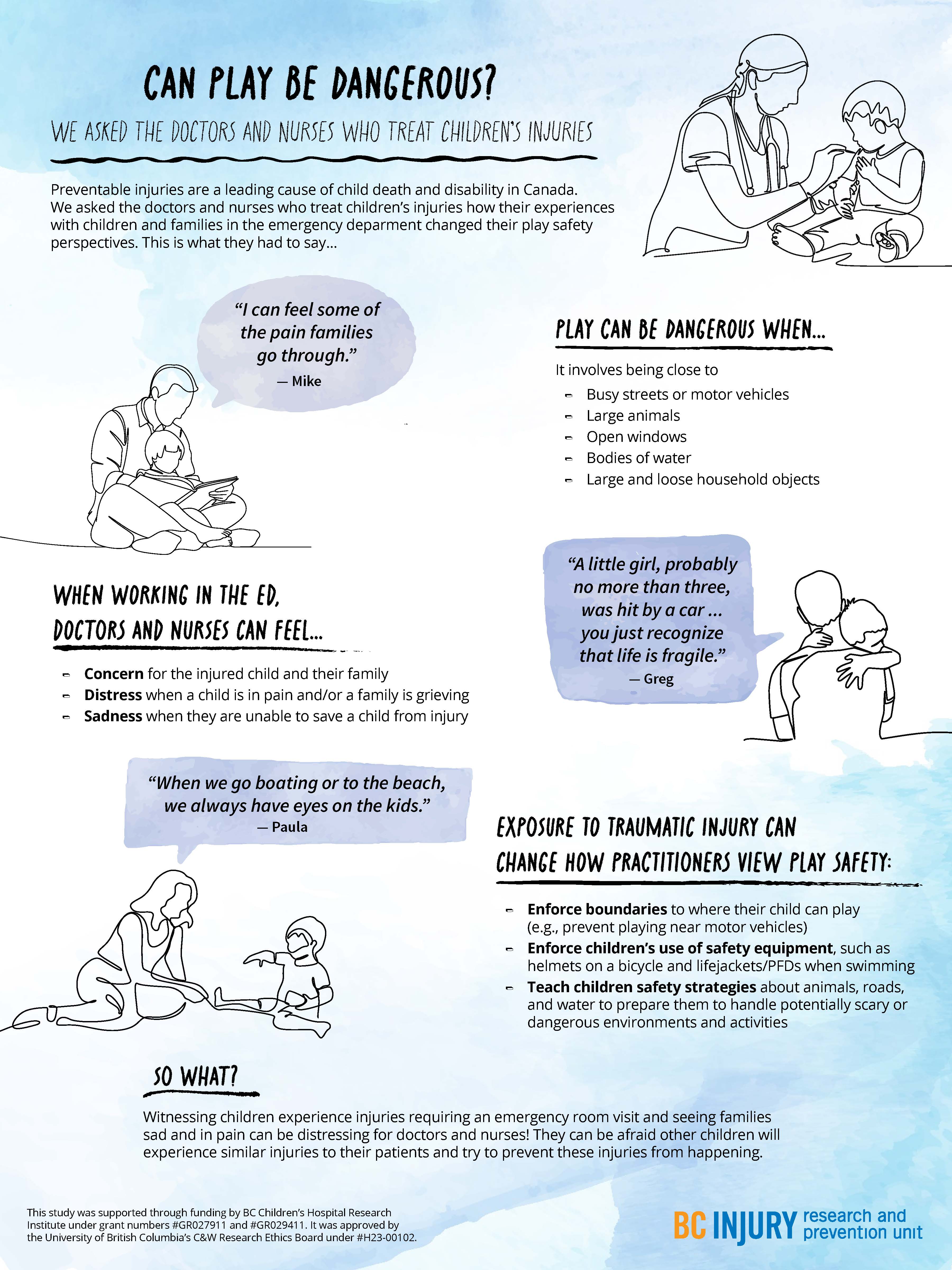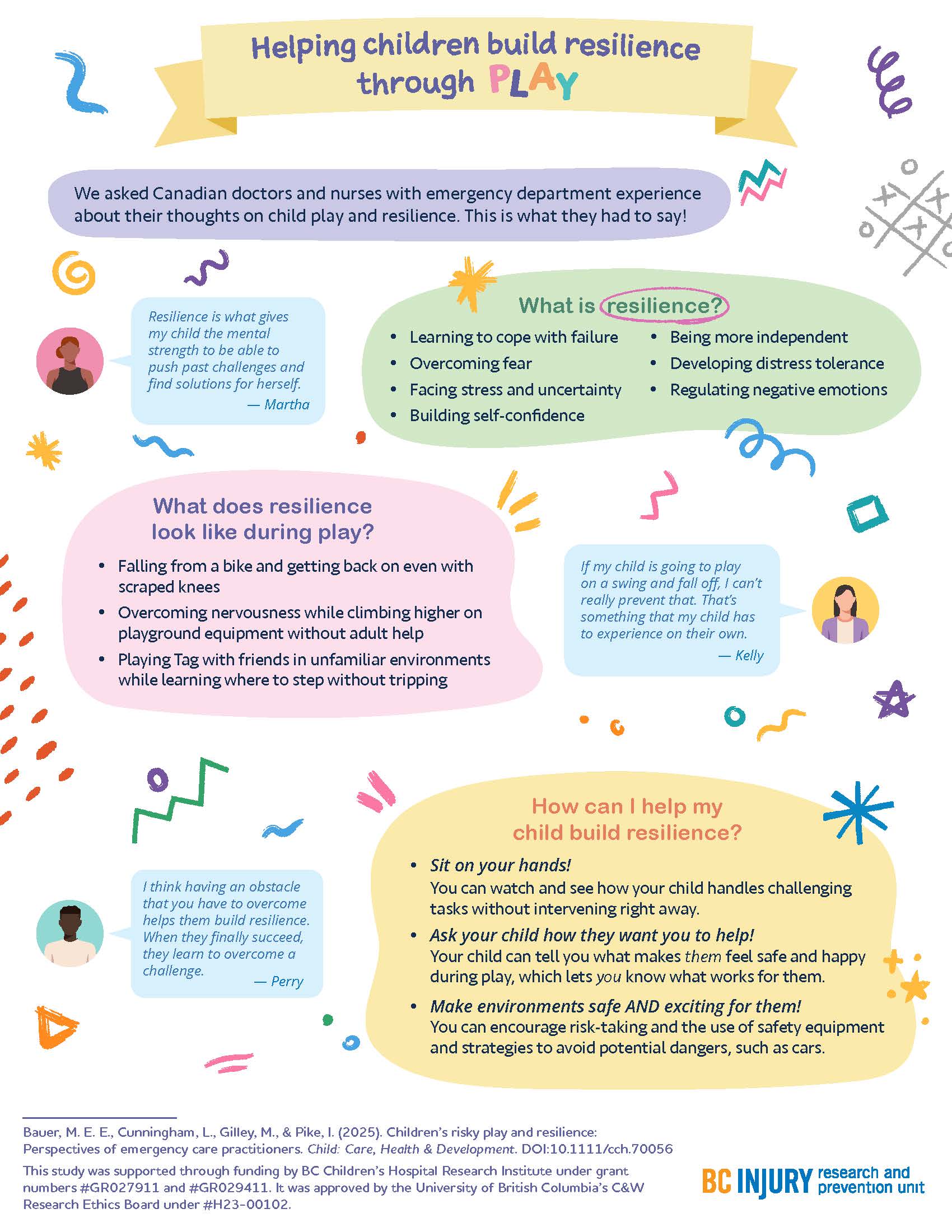Concussion Awareness Week in British Columbia

Did you know that concussions are the most common form of head injury? They don’t just happen to professional athletes – they can happen to anyone, anytime, anywhere. Each year in BC, almost 600 people are hospitalized for a concussion, and approximately 14,500 visit the emergency department. That number is likely an underestimate of the true burden of concussion, as concussions are often under reported due to a lack of knowledge and awareness.
September 26th to October 2nd is the first annual Concussion Awareness Week in BC. To participate, BCIPRU and Concussion Awareness Training Tool (CATT) are running a campaign to raise awareness about concussions and encourage everyone to learn how to prevent, recognize, respond to, and manage this invisible injury.
The real danger for most concussions occurs when the injury is not recognized or managed incorrectly. Returning to full activity too soon can result in more severe symptoms or long-term problems, which is why raising awareness around concussions is key to reduce the burden and severity of concussions.
“When well-managed, approximately 70 to 85 per cent of concussions will resolve without complication,” says Dr. Shelina Babul, associate director and sports injury specialist for the BCIRPU and clinical associate professor at the faculty of medicine at the University of British Columbia. “That’s why we want British Columbians to know how to recognize concussions, what to do should one occur and know where to find credible and up-to-date information.”
Dr. Babul led the creation of the CATT, a series of online educational modules and resources with the goal of increasing knowledge and awareness of concussion recognition, response, diagnosis, treatment and management. CATT includes free e-learning modules and other concussion resources for coaches, university-level athletes, medical professionals, women’s support workers supporting survivors of intimate partner violence, parents and caregivers, school professionals, and workers and workplaces.
Concussion Facts:
- Concussions are the most common form of head injury caused by an impact or forceful motion of the head or other part of the body, resulting in rapid movement of the brain within the skull.
- Most concussions DO NOT include a loss of consciousness. Loss of consciousness occurs in less than 10% of diagnosed concussions.
- Every year more than 5,000 children in BC between the ages of 0 – 14 years are diagnosed with a concussion.
- Causes of concussions vary depending on age, but include falls (at home in young kids), sports, recreational activities, and road-use (cycling, pedestrian incidents, vehicle collisions).
Resources:
To get involved in Concussion Awareness Week, download our Tool Kit
Know what to do if you witness a potential concussion-causing incident, view the CATT Concussion Pathway
The 4 S’s of Reporting a Concussion
Driving After Concussion: Is it safe to get behind the wheel?
- distress when a child was in pain and when a family was grieving; and
- sadness in the event they were not able to save a child in their care.
- concern for the injured child and the child’s family;
Particularly traumatic events, such as those involving vivid sights and sounds (e.g., families holding each other and having extreme reactions), stuck with the practitioners, having long-lasting impressions on them and causing them to re-live these events in the years following their exposure.
Even after their shift was over, practitioners said that they changed how they approached parenting and how they perceived safety during play as a result of witnessing these traumatic events. They reported having more knowledge of the causes and consequences of severe injuries, such as those that require hospitalization or emergency care. For example, practitioners were more likely to enforce boundaries around where their children could play, such as by forbidding their child to play near busy streets. They also were more likely to tell their child about safe play environments and equipment, and put this equipment on their child before play, such as explaining the benefits of using helmets while riding bikes.
Practitioners were more likely to enforce boundaries around where their children could play, and use safety equipment, such as bike helmets.
Practitioners also described being concerned about their children’s play near open windows, around large bodies of water unsupervised, and in environments where firearms were present. They also expressed worry about their children’s play on trampolines and on motorized vehicles, such as ATVs. Findings related to trampoline play safety concerns were published in the journal Injury Prevention.
Observing family grief due to child injury or death affected the mental well-being of health care practitioners, drawing attention to the need for mental health supports for those involved in caring for severely injured and dying patients.


"Raise more resilient children through play...watch and see how your child handles challenging tasks without intervening right away." —Dr. Michelle Bauer
Building resilience through play
How can parents help their children build resilience? By letting them play!
The experiences that practitioners witnessed encouraged them to support their children in building resilience through play; specifically, by supporting children in learning to cope with failure, overcome fear, build self-confidence, develop distress tolerance, and regulate negative emotions. Findings related to building resilience through play were published in the journal Child: Care, Health, and Development.

Parents fostered resilience in their kids by:
- helping their kids get back on bikes after they fell off and wanted to try again;
- sitting on their hands so they did not instinctively reach for their children when their children fell down; and
- encouraging participation in challenging and thrilling activities in forests and water while safety equipment was used.
"There are a few ways that parents can raise more resilient children through play that are supported by literature and our study findings," said Dr. Bauer. "One: watch and see how your child handles challenging tasks without intervening right away."
"Two: Ask your child how they want you to help—let them tell you what makes them feel safe and happy during play. Let them lead. And three: make play both safe and exciting by encouraging risk-taking, teaching them how to avoid hazards, and using safety equipment.”
This research was supported through Drs. Bauer’s and Gilley’s receipt of a clinical and translational research seed grant from the BC Children’s Hospital Research Institute (BCCHR), Dr. Bauer’s BCCHR postdoctoral fellowship award, and additional training provided to Dr. Bauer through her participation in the Programs and Institutions Looking to Launch Academic Researchers (PILLAR) program through ENRICH, a national organization training perinatal and child health researchers.
Learn more about the study through two infographic posters:
Graphics and posters by Milica Radosavljevic











